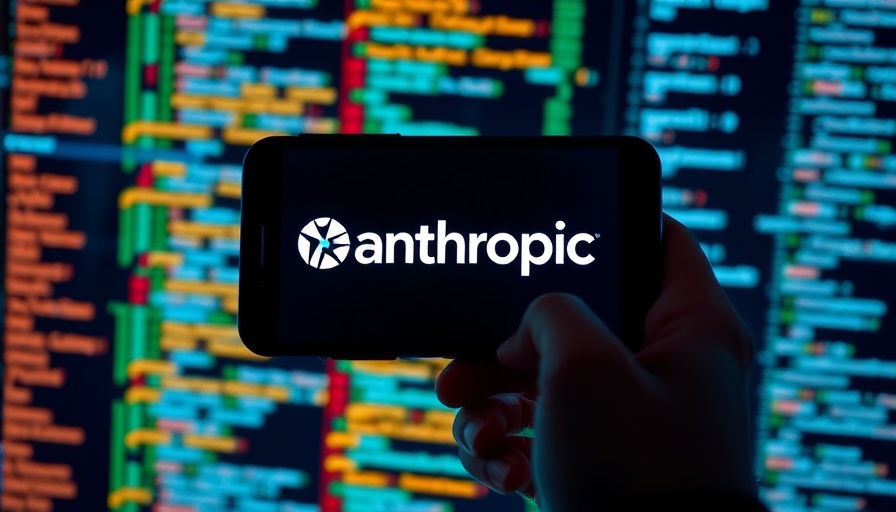
Introducing Claude Haiku 4.5: A Game Changer in AI
In an exciting development for the artificial intelligence community, Anthropic has unveiled its latest model, Claude Haiku 4.5, which promises exceptional speed and affordability. Released only weeks after the Claude Sonnet 4.5, this new small AI model highlights Anthropic's commitment to innovation and continues to push the boundaries of AI capabilities.
Performance That Surpasses Expectations
Claude Haiku 4.5 is designed to be faster and more cost-effective than its predecessors while matching and, in some instances, exceeding the performance of larger models that recently topped the AI charts. According to benchmarks, Haiku 4.5 has demonstrated impressive accuracy, scoring 73.3% on SWE-bench Verified, closely aligning with Claude Sonnet 4 and even rivaling OpenAI’s GPT-5.
This leap in performance is attributed to advancements in AI distillation techniques, allowing smaller models to perform similar tasks as larger, older models without the associated costs. Such developments are critical for users requiring efficient and rapid responses from AI systems, whether in coding assistance or customer service applications.
Significant Cost Savings for Users
One of the standout features of Haiku 4.5 is its competitive pricing model. Available to all Anthropic users, the small AI model costs just $1 per million input tokens and $5 per million output tokens, making it a highly accessible tool for those on a budget. In contrast, its midsized counterpart, Sonnet 4, comes in at $3 per million input tokens and $15 for output tokens. This pricing strategy positions Haiku 4.5 as a feasible alternative for users prioritizing affordability without compromising performance.
Why Claude Haiku 4.5 Excels
Claude Haiku 4.5 is specifically built for tasks that demand immediate, accurate outputs, such as chatbots, customer service automation, and coding support. *Mike Krieger*, Anthropic's chief product officer, remarked that Haiku 4.5 “punches way above its weight,” emphasizing its effectiveness for real-time applications. By focusing on the needs of users who seek quick responses over lengthy, deep analysis, this model presents a tailored solution that many may find invaluable.
Versatility and Collaboration with Other Models
Another noteworthy advantage of Haiku 4.5 is its ability to operate in tandem with other models like Claude Sonnet 4.5. Users can leverage this synergy by employing Sonnet 4.5 for complex problem-solving strategies while utilizing Haiku 4.5 for executing subtasks, thereby enhancing productivity. This dual-model workflow not only optimizes operational efficiency but also adds layers of sophistication to AI implementations in business settings.
Future Implications in the AI Landscape
The launch of Claude Haiku 4.5 illustrates a broader trend in the AI industry, where innovation and rapid iteration are essential for competing with established giants like OpenAI and Google. As the demand for AI solutions continues to grow, companies like Anthropic must maintain pace with technological advancements and user expectations. The future looks promising, with the potential for further model updates on the horizon, ensuring Anthropic remains a formidable player in the AI revolution.
Why You Should Care About Claude Haiku 4.5
For individuals and businesses interested in harnessing AI technology, understanding the capabilities and advantages of Claude Haiku 4.5 is crucial. With its affordability, speed, and proven performance, this model stands out as a top choice for those seeking practical AI solutions without the hefty price tag. Embracing innovation like Haiku 4.5 could very well set a new standard in how organizations leverage AI to improve efficiency, customer relations, and ultimately, their bottom line.
The launch of Claude Haiku 4.5 is more than just a milestone for Anthropic. It signifies a shift towards smarter, more efficient AI models capable of meeting the demands of an evolving technological landscape. Staying informed about such developments is essential for anyone navigating the increasingly complex world of AI.
 Add Row
Add Row  Add
Add 




Write A Comment